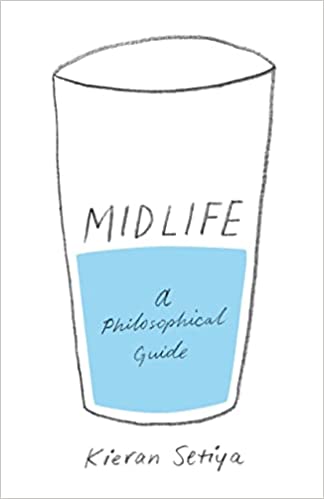We warn you to prepare for this deep dive conversation about life, midlife, and our inevitable death.
EconTalk host Russ Roberts holds the view that “the poignance of death adds a richness to day-to-day life,” a thought he’s shared in previous episodes. In this episode, Russ welcomes philosopher Kieran Setiya, who shares personal stories from his book, Midlife: A Philosophical Guide, and proposes that FOMO and competitive tendencies contribute to the malaise that affects so many in the bottom of the U shaped happiness curve also known as the mid-life crisis. Setiya argues we can learn to deal with the ennui to which so many midlifers succumb–along with regrets for roads not taken and wistfulness for what could have been. Setiya argues that a well-lived life needs fewer projects and more pursuits that don’t have goals or endpoints.
We hope that these questions invite introspection and perhaps an existential conversation. Please share a response for others to consider; we value all your insights.

1- Whether you are approaching, are in, or are beyond midlife, how does the “gentle U” of life satisfaction resonate with you? To what extent has the midlife trope shaped your outlook on life?
2- Both John Stuart Mill and Kieran Setiya suffered an early life crisis at the ages of 20 and 35 respectively. Both experienced the paradox of dissatisfaction with life while simultaneously being “successful.” What are some similarities and differences in their stories? What other circumstances can support this paradox?
3- Aristotle called it “contemplation of the structure of the cosmos”. Kieran Setiya refers to the same thing as existential value, using John Stuart Mill’s love of poetry as an example. Do you agree with Setiya that almost everyone has some form of art that is deeply meaningful to them? Do you?
4- Roberts suggests that “you’re either living exclusively in the past or in the future” when your life is focused on projects and goals. He believes that our cultural influence to value optimizing leads us astray. How does Kieran Setiya relate optimization (of articles published) to contemplating death?
5- Setiya suggests that “existential FOMO is inevitable and that it’s a function of something good”. Do you think about this “value pluralism” as positive or negative? Does your view resonate with Russ Roberts proposal that ”You have no idea what life’s going to be like”? Explain.


Comments are closed.